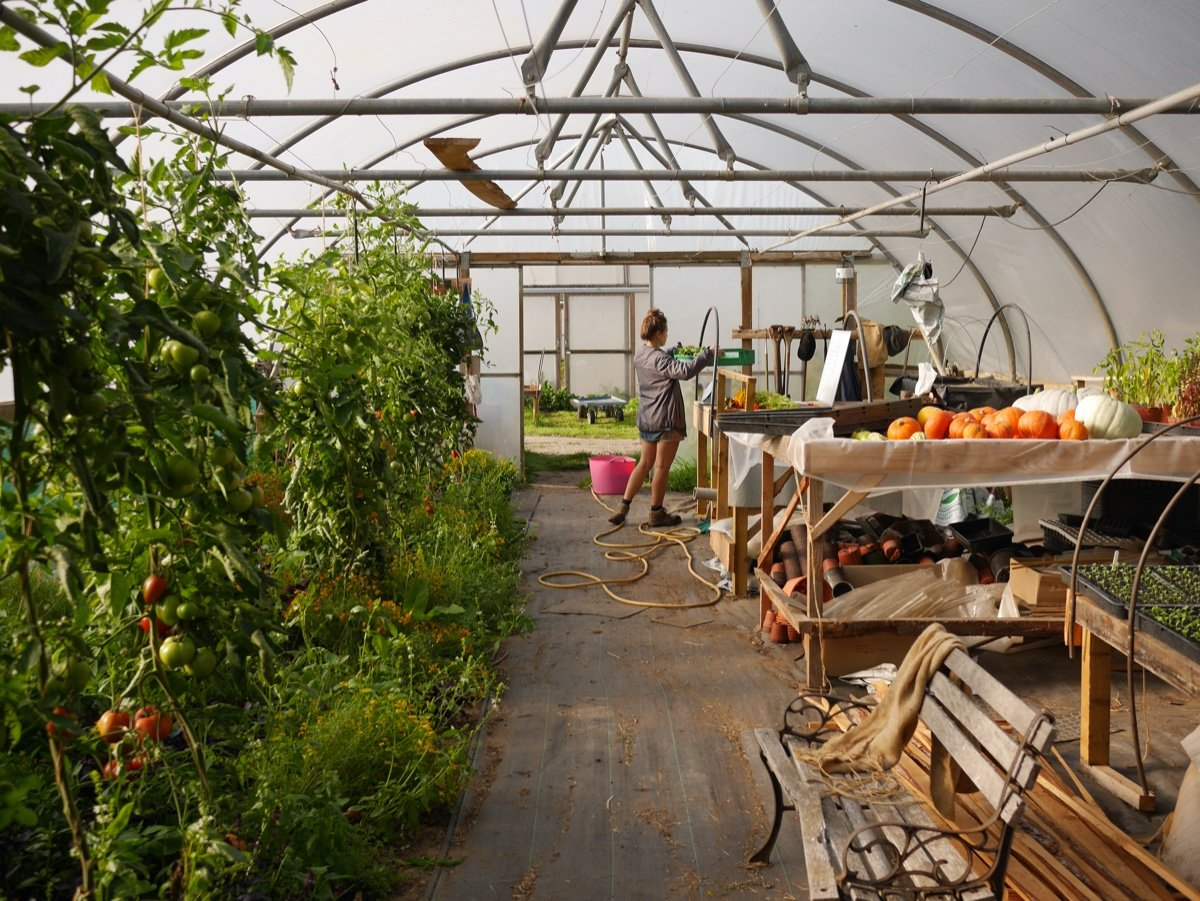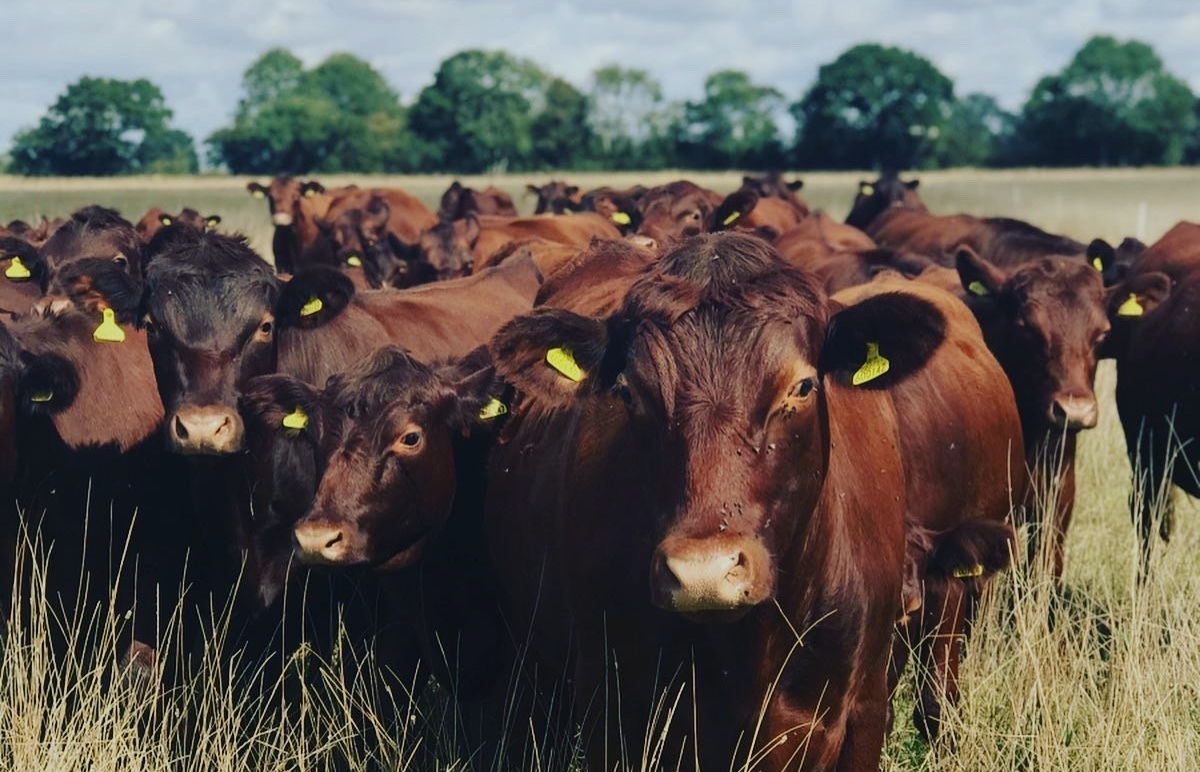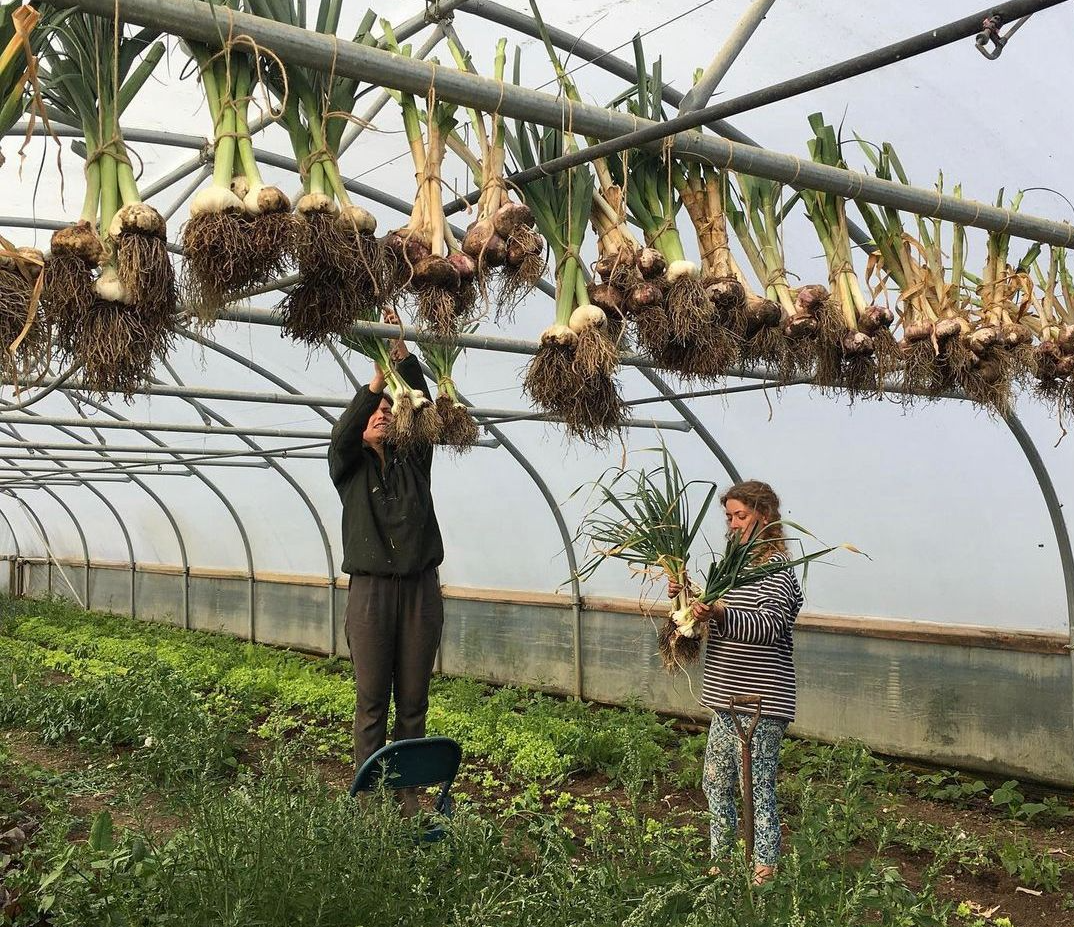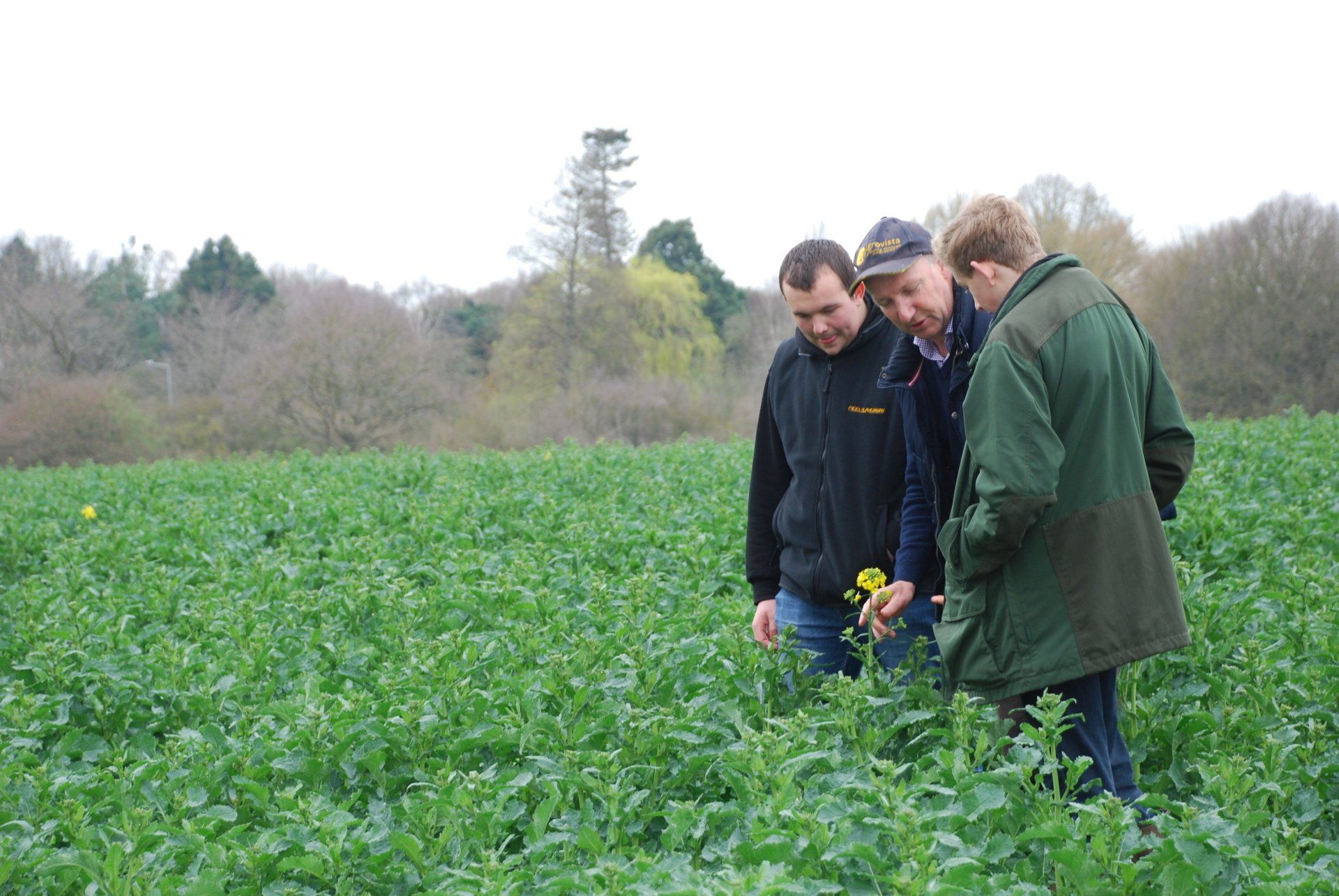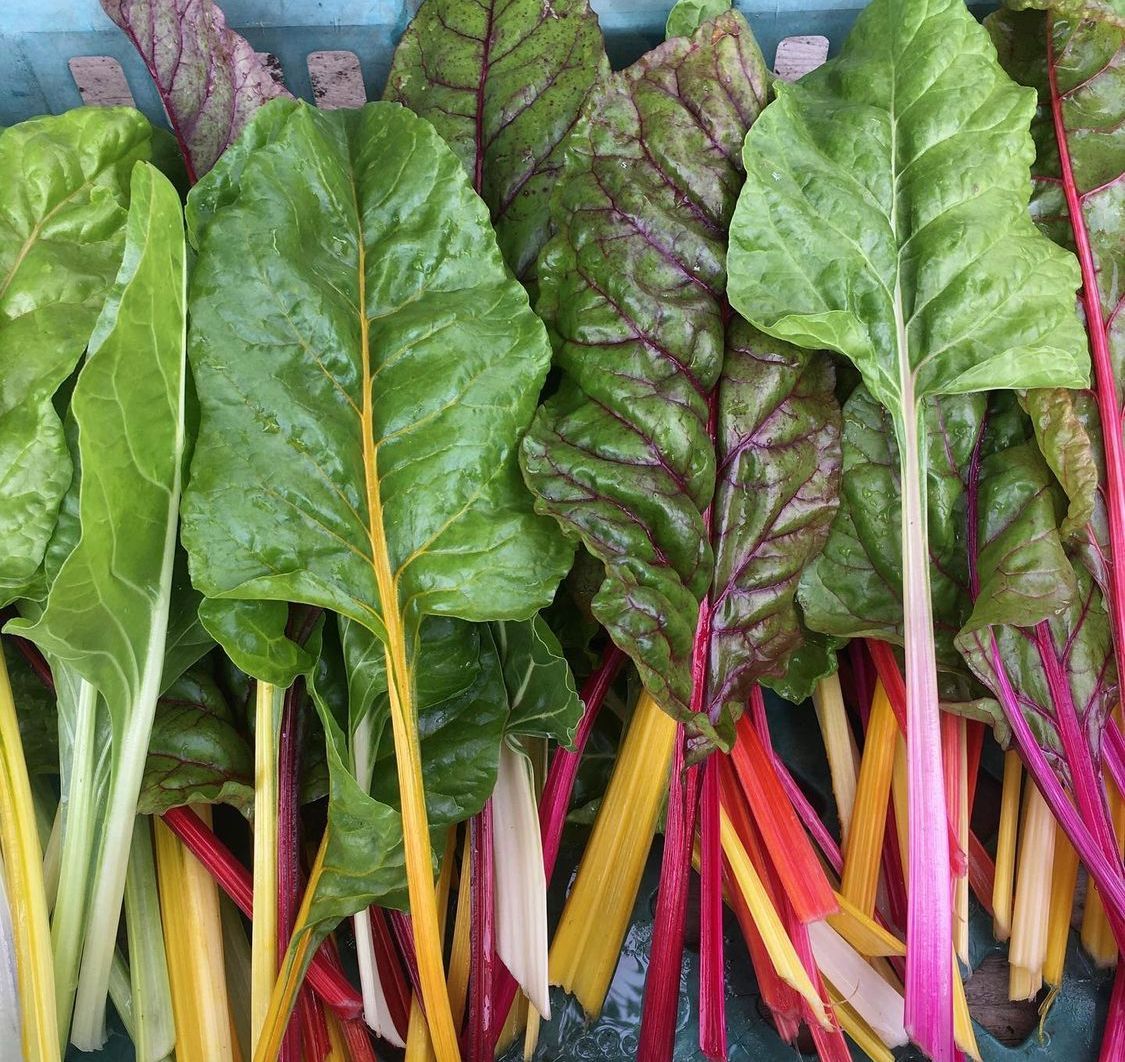Regenerative Farming - Opinion
Here at WildEast we believe passionately that nature can, and must, be given the chance to thrive across every part of our hard-working landscape.
This month's newsletter on regenerative agriculture shows how growers from across East Anglia are choosing to work with the soil, rather than against it, bringing remarkable results.
WildEast Founder Argus Gathorne-Hardy farms land in Suffolk and is tremendously excited by this quiet, growing, nature-friendly revolution.
"Regardless of how you farm, there will be nature trying to live on your farm. Depending on how you farm, there could be nature thriving, and this nature can actually work with you to produce nutritious food with less inputs”, so say Tom Pearson in this month’s WildEast newsletter. Tom is part of what Kate Ford from the team behind the film Six Inches of Soil documentary refers to as a quiet nature-friendly revolution, rolling out across British Farming.
At WildEast we were aware of the concepts behind regenerative agriculture from pledgees to our Map of Dreams such as Tom, but our focus was on the wilder side of nature recovery and the creation of permanent habitat. The importance of a regenerative approach as part of a wider mosaic only became fully apparent after attending Groundswell Festival in Hertfordshire (22nd + 23rd June). It has a true festival atmosphere, spread over 2 days on a working farm, with multiple events, talks and workshops.
Gathered around the back of tractors, in the corner of open fields, on composting pads, marquees, in small break away tents and even in TED talk style presentations in a big top, it became apparent that this revolution was not quiet but an uprising of ideas. Moreover, the attendee list suggested that regen agriculture was becoming mainstream. It is not a silver bullet we were told, there were years like any other farming year, but it works, and as far as we could see at any scale, and with clear benefits to species recovery.
With presenters ranging from allotment societies to composters, small holdings to large scale agri-business it felt close to our multi-sector, multi-scale vision of WildEast. Veterans harked back to early days when Groundswell was smaller, a gathering of early adopters comparing notes on min-till drills. To newbies like us, surrounded by not just experts but also the willing, and even the sceptical, added to the excitement.
By definition, regen or conservation agriculture aims to be regenerative, to put back more than is removed. This is the basis of all farming systems; each season replacing what has been extracted in the growing cycle to ensure another growing year. Where this happens through the use of external synthetic inputs it has often been at the expense of soil. In regenerative and indeed organic systems the focus is on using natural processes to restore nutrients, and in particular through topsoil regeneration, the Six Inches of Soil in the eponymous film.
Practices focus on minimising disruption and inputs. Deep rooting grasses and brassicas are used as ground cover and companion cropping but also to break up soil and encourage carbon and nutrient sequestration. Zero or minimum till drilling preserves soil structure, planting into last years crop residue builds it up. On our own family farm we are in transition to a regenerative approach and the last six months have been spent digging up forkfuls of soil, crumbling the arisings and scrabbling for worms. Our first year of using ground cover across the farm has seen clouds of Field Fares and woodcock dropping into cover that would have been bare in previous years. The above ground impacts are the tip of the iceberg though.
Sarah Langford, who has adopted not only Suffolk but also a farming life, explores this revolution in her new book Rooted. The benefits to soil health are manifold throughout her research with as much ‘livestock' below ground as often above. The knock on effect to ecology are manifest but also to the businesses involved. This is the nub of Six Inches of Soil which tells the story of remarkable farmers, communities, small and businesses who are leading the way in transforming how our food is produced and consumed. Tapped into our burgeoning food network and as part of a Wilder East it feels regenerative agriculture has the possibility to transform not only how food is produced but our whole region too.
WildEast is a not-for-profit dedicated to increasing biodiversity across East Anglia by 20% over the next 50 years, or sooner if we get a wriggle on. We are committed to making this region a wetter, woodier and wilder for home for all. Join us, pledge and do your bit to help nature recovery where you live.
WildEast Blog

Powered by LocaliQ
Follow Us
SIGN UP FOR NEWS & UPDATES
Newsletter Sign Up
Thank you for signing up to our newsletter.
Please try again later.
Privacy / Terms & Conditions / Sitemap

